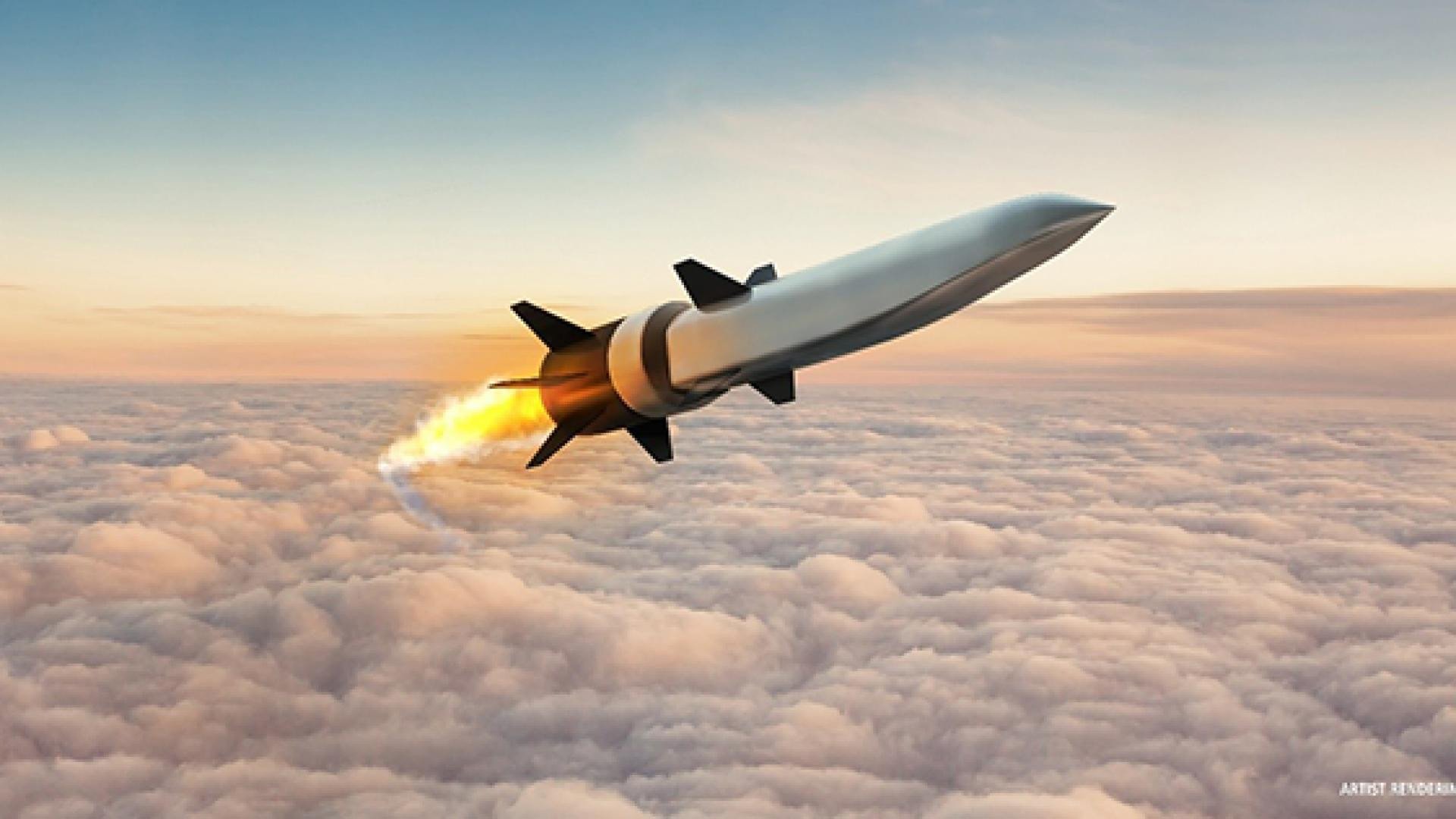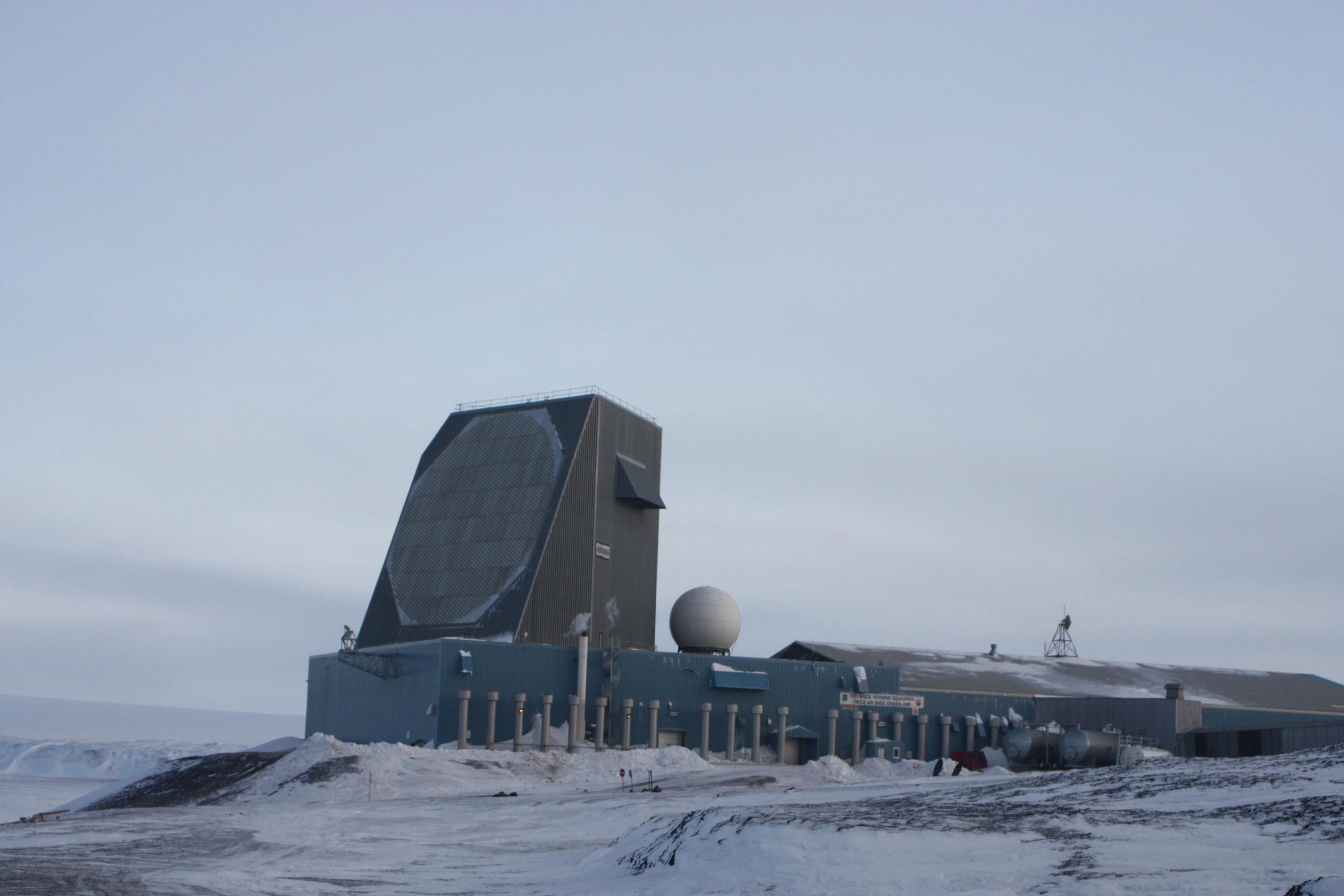There has been a growing acknowledgment by American military experts that the US lags behind China and Russia in hypersonic capabilities.
Last year, at least two top US military officials highlighted the threat posed by America’s principal adversaries. In August 2021, US Strategic Command Chief Charles Richard, speaking at the annual symposium on space defense, said that Russian hypersonic technology will provide the country’s navy with an undeniable advantage.
US Conducts Massive War Drills With Australia & Japan At Guam; China Keeps A Close Watch On Trilateral Exercise
“Our current ground-based and space-based sensor system may not be able to cope with the detection and tracking of these missiles. I must admit that Russia is the world’s leading country in hypersonic technology. And if the enterprises of our defense industry in a short time do not figure out how to resist them, the ships of the fleets of the NATO countries will become vulnerable,” Richard said.
Echoing similar concern, Gen. David Thompson, vice chief of US Space Force, said in November that America has “catching up to do very quickly” to match Beijing’s hypersonic capability. “We’re not as advanced as the Chinese or the Russians in terms of hypersonic programs,” the general was quoted as saying by Politico.
His reaction came a week after China successfully launched a missile that apparently circled the globe before striking a target.
Now, a former Pentagon official, William Schneider wrote in an editorial published in the Financial Times that the US must catch up to Chinese and Russian breakthroughs in hypersonic weaponry or risk losing the advantage to the other two superpowers.

People who dismissed the Chinese and Russian tests “missed the significance”, wrote William Schneider, a senior scholar at the Hudson Institute and a former undersecretary of state and chair of the Pentagon’s Defense Science Board.
The United States’ ballistic missile early warning system is a network of satellites and radars that work together with their command, control, and communications systems to detect, track, and locate enemy missile assaults.
#Russia’s Newest Hypersonic Missile 'Kinzhal' Tested From from MiG-31BM pic.twitter.com/zQUaqKXMa1
— Su-57 5th Gen Fighter (@5thSu) July 16, 2020
In space, both China and Russia have well-developed offensive capabilities. China’s Shijian 21 (CJ-21) satellite, for example, vanished from its regular geostationary orbit 22,000 miles above the planet in late January. The CJ-21 maneuvered close to one of China’s 35-satellite Beidou constellation’s problematic satellites. The malfunctioning satellite was then moved to a “graveyard” orbit using a grapple arm.
China’s Shijian-21 towed dead satellite to a high graveyard orbit. Shijian-21 undocked from Beidou-2 G2 on Jan. 26, leaving the defunct satellite in a disposal orbit. Shijian-21 has since returned to GEO, according to newly-released tracking data from U.S. Space Force. pic.twitter.com/dkcjKUeqKG
— thealienshop.com (@ThealienshopC) February 3, 2022
The Biden administration’s Space Priorities Framework, released in December, acknowledges that space is “essential to modern combat,” but maintains that the US would not employ space for offensive military purposes. “This makes our deterrent vulnerable to countries that disagree with us”, according to Schneider.
Early Warning System
The US is working on a space-based system that will use improved infrared sensors to identify hypersonic missiles in motion. Current missile defense systems, on the other hand, are unable to engage swiftly maneuvering warheads.
The Space-based Infrared System (SBIRS) is a constellation of geosynchronous and high elliptical orbit (HEO) satellites, as well as ground-based data processing and command and control centers. Early missile warning, cueing missile defenses, delivering technical intelligence (TECHINT), and supporting battle-space awareness are all part of this system’s mission.
Today we accepted SBIRS GEO-5 as ready for operations and presented the new missile warning satellite to @US_SpaceCom for their use keeping the US, allied nations and our military forces safe. https://t.co/hxRWbsjSkG @SpaceForceDoD @USSF_SSC @LockheedMartin #EffectiveSpace pic.twitter.com/EbsV6Znpoz
— ussfspoc (@ussfspoc) February 4, 2022
For years, the US military — as well as its adversaries — has sought missiles that move at hypersonic speeds. When intercontinental ballistic missiles (ICBMs) re-enter the atmosphere from space, they fit that criterion.
However, they lack the element of surprise because they arc along a predetermined ballistic path. Hypersonic weapons such as China’s Wave rider, on the other hand, maneuver aerodynamically, allowing them to avoid defenses and keep an opponent guessing about the target.
India’s $20B Fighter Aircraft (MRFA) Contract: Military Experts Junk US Jets; Bet Big On French Rafales — EurAsian Times Survey
The multi-purpose SM-6 missile, according to US Navy Vice Adm. Jon Hill, the head of the US Missile Defense Agency (MDA), is the only weapon in the country’s stockpile that can bring down highly maneuverable hypersonic threats, as previously stated by the EurAsian Times. However, even this missile could not protect the Early Warning Systems.

At low, mid, and high altitudes, China and Russia have developed counter-measures that put the US space monitoring and communications capabilities in jeopardy, says Schneider.
China and Russia might perform a wide range of offensive space activities by maneuvering their spacecraft adjacent to US satellites. Sensors, onboard computation, data linkages, or satellite electric power systems can all be disrupted, spoofed, or destroyed, and malicious programming can be inserted via cyber methods.
All of this is bolstered by their ability to target important American infrastructure using both cyber and kinetic weapons. Military operations, as well as the electric power grid, national telecommunications, and air and rail transportation infrastructure that underlie US economic and military strength, are all built on this foundation.

In 2018, the then-US general in command of the country’s nuclear arsenal issued a harsh warning that Russia and China are “aggressively” building new hypersonic weapons against which the US has no protection, as previously reported by CNN.
Although the weapons aren’t expected to be operational for several years, US Strategic Command’s four-star commander, Gen. John Hyten, had warned that upgrades to missile defenses were urgently needed or the US would be unable to detect them once they are operational.
"Both #Russia and #China are aggressively pursuing hypersonic capabilities." — Gen. John Hyten, commander of U.S. Strategic Command
Here's our recent report on the dangers of hypersonic missile proliferation: https://t.co/Tzu9QFeNMn
— RAND Corporation (@RANDCorporation) March 21, 2018
The current generation of satellites and radars, according to Hyten and other military authorities, would not be enough to detect such weapons.
The maneuverable hypersonic missile capabilities of China and Russia enable these “hostile nations” to have a combined capability to destroy the US early warning system. The US would be blind to an approaching foreign missile assault in these conditions, and its capacity to retaliate would be severely limited, warns Schneider.
China Becomes First Country To Use ‘Italian Snow’ For Winter Olympics But Why Are Athletes So Upset?
America Racing Against Time
During a high-level conference last week, US Defense Secretary Lloyd Austin urged CEOs from more than two dozen major defense companies to speed up the development of hypersonic weapons, as reported by CNN.
Austin spoke about the subject in urgent terms, according to two CEOs who attended the meeting and portrayed China as a threat in this industry.
BREAKING: In a meeting today, defense industry CEOs pressed Pentagon leaders to provide more funding and access to testing facilities amid DoD pressure to catch up to Russia and China on hypersonic weapons.
Read more at @politico ($): https://t.co/CaijVFomjZ
— Lee Hudson (@LeeHudson_) February 3, 2022
At the meeting chaired by Deputy Defense Secretary Kathleen Hicks, top officials from Lockheed Martin, Raytheon Technologies, Northrop Grumman, Boeing, Leidos, Aerojet Rocketdyne, BAE Systems, L3Harris, and approximately a half dozen other defense corporations were present.
The Pentagon has injected more urgency into the US program and increased the budget dedicated to hypersonic weapons development as a result of China and Russia’s progress and recent unsuccessful tests. The FY22 budget allocated $3.8 billion to hypersonic research, up from $3.2 billion the previous year.
In recent months, the US hypersonic industry has seen difficulties and failures. A test of a hypersonic glide body failed in October last year due to a fault with the rocket that propelled it to hypersonic speeds. Earlier, a hypersonic missile had failed to detach from a B-52H Stratofortress bomber during a test at Edwards Air Force Base in April 2021.
- Contact the author at sakshi.tiwari9555@gmail.com
- Follow EurAsian Times on Google News




